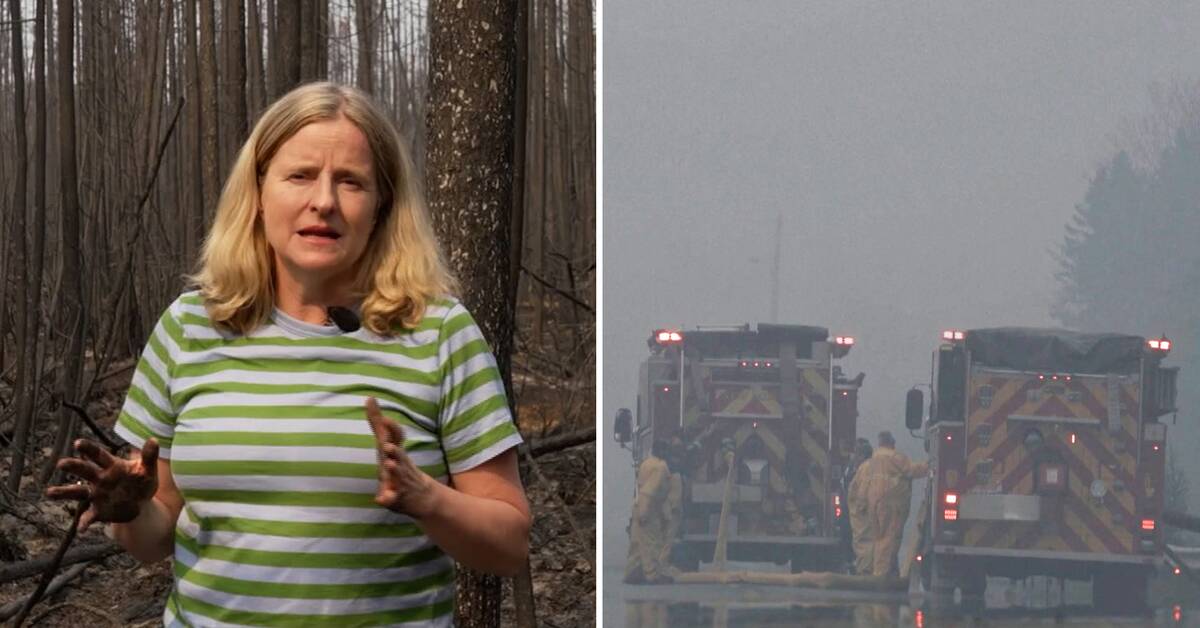After the wildfires broke out in Canada, soot particles and pollutants spread rapidly across the northern United States. Air quality in several large cities has deteriorated sharply and people are still urged to stay indoors or wear face masks in several areas. In early June, the worst air quality ever recorded in New York.
Today, the forest fires in Canada occupy a geographical area corresponding to the whole of the Netherlands and risk lasting for several months to come, reports SVT's foreign correspondent Ulrika Bergsten.
Emissions of pollutants
In addition to the loss of natural resources, the fires involve large emissions of pollutants, which can be a health risk to people in the immediate area.
Researcher Lennart Robertson explains that, depending on how long it burns and which particles are dispersed, it can take up to several weeks for the air to become cleaner.
People who have cardiovascular disease or who have asthmatic problems are most at risk of being seriously affected by pollution.
"The particles are harmful to health. Small particles can spread into the lungs and bloodstream. Statistically, we know that an increased level of particles shortens life," he says.
Shorten service life
According to research, living in areas near forest fires for a long time can shorten the life expectancy of humans. In addition to the particles, we are also affected by the gases in the air.
Even if the fires were extinguished now, Lennart Robertson believes that there would remain traces of particles in the air for a few weeks ahead.
"Because there are such large emissions that go on for so long, they replenish the particle levels in the atmosphere," he explains.
Listen to foreign correspondent Ulrika Bergsten talk more about the extent of the forest fires in Canada in the clip above.

